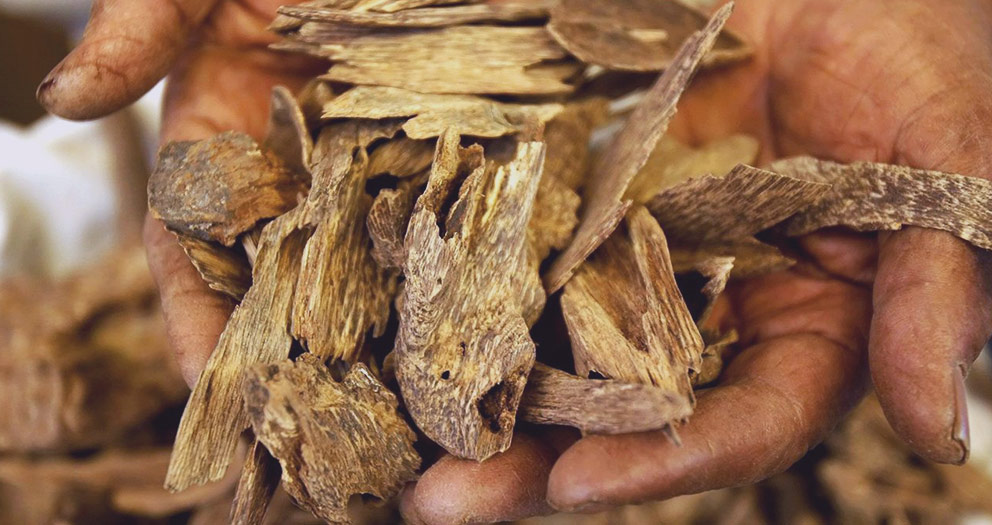Understanding the flashpoint of fragrance oils is one of the many key components in successful candle making. Wicking, melting and all things that make up the candle making process are already known – and if you don’t know them already go check this article. But knowledge of the flashpoint, this seemingly technical term, can literally make or break (scentwise) your beautiful creations. Let us see why and how the flashpoint of fragrance oils impacts the overall performance of your candles.
1. Safety first
The flashpoint of fragrance oils is in plain English the temperature at which a particular fragrance oil evaporates. And these vapors can ignite momentarily when exposed to an open flame or spark. Sounds scary, but it’s not. You see, the key word here is: open flame. To avoid any confusion and misunderstanding, this has nothing to do with pouring temperature. It is all about sources of fire (open flame or spark) that must be carefully monitored in a working space, to avoid any potential ignition which we would like to believe that you are already doing that.
So, to avoid any panic attacks when reading this, let us rephrase: Unless you keep your fragrance at a lower temperature than that of the number specified on the fragrance SDS you are not going to disperse it all away into the air!
Very important to note here and please try to remember it by heart that we are not talking about combustion here! However, if the temperature of your wax while pouring exceeds the flashpoint of the fragrance, it can alter its dear chemical composition making it weaker and somewhat ahem… unrecognizable.
2. Scent Retention
The flashpoint of a fragrance oil can also affect the scent retention in a finished candle. Imagine your carefully chosen fragrance burning off in production before gracing the air. That will be disastrous! So, pay extra attention because if the wax you are going to add the fragrance to is hotter than its flashpoint it can cause the fragrance’s “volatile” top notes to evaporate, leaving behind a weaker scent. This is what we meant with “unrecognizable”. Without the top notes, the structure of the fragrance can “brake”, resulting in an altered scent output.
An important thing you should have in mind is that fragrance oils with higher flashpoints tend to have better scent retentions because they evaporate more slowly during burning, releasing the fragrance gradually over time. This doesn’t mean that you must stay away from low flashpoint fragrances. It just means that they need a bit more careful selection of wax type and wick. Candle-making is a trial and error craft.
3. Burn Performance
Speaking about scent loss, the flashpoint of fragrance oils can influence the burn performance of candles by a lot (that is why we list it in every product description). The term “burn performance” may be associated with “scent loss” but it also refers to the overall burn effect of a candle. So knowing the flashpoint it can help you create candles that not only smell good but also burn correctly for an even and uninterrupted burn experience.
Adding to the slow evaporation we spoke above, which affects smoother scent release, fragrance oils with higher flashpoints also typically produce a more stable burn with less smoking and sooting. Again, experienced candle makers can battle burn instability with proper wicking.
4. Regulatory Compliance
Lastly, knowing the flashpoint of a fragrance is essential for regulatory compliance. As a candle-maker who wishes to release your creations to the market you need to comply with safety regulations and guidelines regarding flashpoints set by relevant authorities in your country (although most regulations in the EU regarding flamability refer to cosmetic applications).
But apart from cosmetics, your candles will eventually be shipped to a far away land. So, before you start selling your scented creations, familiarize yourself with local and international shipping regulations to ensure smooth transportation and don’t get caught up by unexpected surprises.
Happy and safe candle-making!







Thank you so much for this post! I’ve been searching for information on fragrance flashpoints recently and couldn’t find much. Two questions come to mind:
When it comes to candle making, considering that a higher flashpoint is better, approximately what do you believe could be the minimum flashpoint value at which the fragrance effectively performs in candles? I work with soy wax and am starting to experiment with coconut-soy and coconut-rapeseed blends.
Do you know where to find the current regulations in Spain regarding flashpoints? I haven’t come across anything addressing flashpoints.
Thanks again for this valuable information. I’m going to jot down the flashpoints of the fragrances I’ve tried so far (which is quite a few!) and see if there’s a correlation with the results.
Sending a big hug your way.
Hello and thank you for your kind words! We’re delighted to hear that you found the information in this blog post valuable for your candle-making endeavors.
In response to your questions:
1. When it comes to candle making, the optimal flashpoint value can vary depending on several factors, including the type of wax used and personal preferences regarding scent intensity and burn performance. Generally, a flashpoint above 60°C is considered optimal for candle making and given your experimentation with soy and coconut blends, we recommend chossing fragrances that have a flashpoint of at least the aforementioned flashpoint to ensure effective performance.
2. Regarding regulations in Spain concerning flashpoints, we recommend reaching out to local regulatory agencies or industry associations specializing in candle-making or fragrance products. They should be able to provide up-to-date information on any specific regulations or guidelines relevant to your area.
Understanding the flashpoint of fragrance oils is crucial for successful candle making. Safety is paramount, as it refers to the temperature at which oils can ignite when exposed to an open flame or spark, not the pouring temperature.
It is very informative and valuable . just wow i was looking for some time. thank you so much.